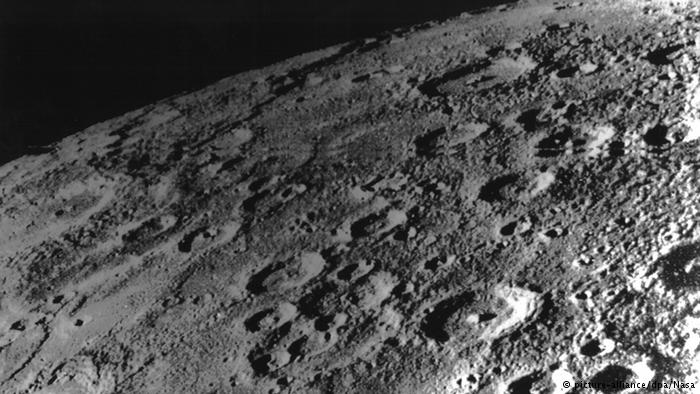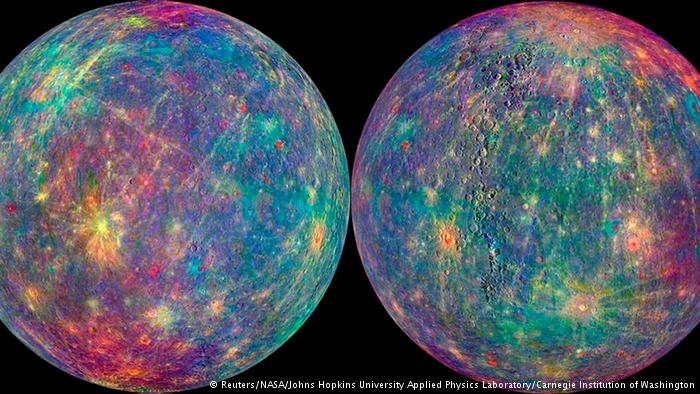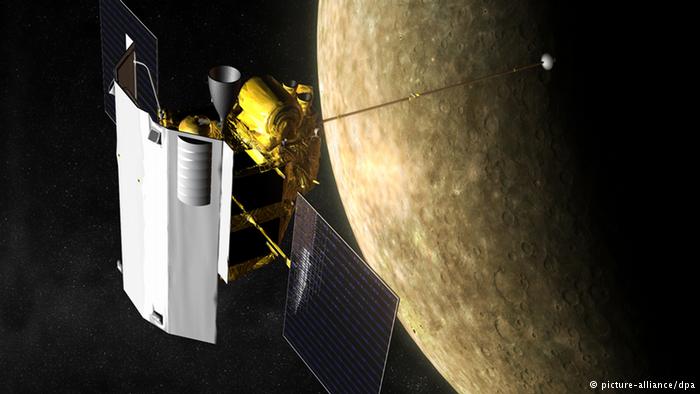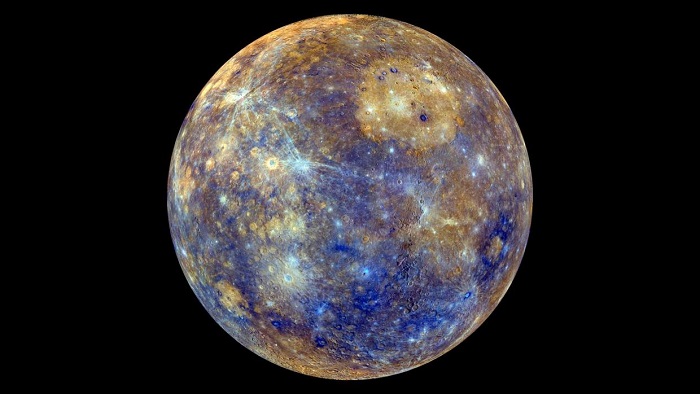Solar eclipse glasses are not enough!
First of all a warning: As with solar eclipses, you should never look directly at the sun without proper protection. If you do, you risk serious damage to your eye sight.
But in the case of the Mercury transit special glasses made for watching a solar eclipse are insufficient protection - it is not advised to use them. In contrast to a solar eclipse, which is triggered by the moon, a Mercury transit allows the sun to continue shining with its full intensity.
This also means the tiny planet can not be seen without the correct protection and a little help.

You`ll need a telescope
Mercury is visible in transit with a special telescope - don`t use an ordinary one, it is not safe. Watching the sun through a telescope is even more dangerous for the retina than looking at it with your bare eyes. So you need expert knowledge and special equipment.
If you want to view the transit, we suggest contacting a local amateur-astronomers` association for help and more advice. They exist worldwide.
Or watch the event as it unfolds on the Internet, via the larger space agencies or astronomical observatories.
And don`t forget: dw.com will bring you the most beautiful pictures too. So follow us on twitter @dw_scitech.
Tiny planet
Mercury is the smallest of all the planets in our solar system. It`s just 4,880 kilometers in diameter. The diameter of Earth is almost three times Mercury`s at 12,700 kilometers. And the largest planet of our solar system - Jupiter - is huge by comparison at 143,000 kilometers. That`s almost thirty times the diameter of Mercury.

Close to the sun
Mercury is the planet closest to the sun. Its distance from the sun is about 60 million kilometers. Earth 149 million kilometers from the sun, and Neptune at the far outer reaches of our solar system orbits at 4.48 billion kilometers from the sun.
As Mercury is so close to the sun, its orbit is fairly fast. It takes only 88 days for it to orbit the sun - so one Earth year is four years on Mercury. Mercury orbits at a high speed. It moves at 47 kilometers per second. Earth travels only at just under 30 kilometers per second.
Hot and cold
Temperatures on Mercury can reach up to 427 degrees Celsius. It`s hardly a surprise, given its proximity to the sun.
But on the side that faces away from our star, it can get really cold - as cold as minus 173 degrees. The reason for the massive difference in temperatures is Mercury`s ultra-thin atmosphere. The atmosphere is thinner than even a vacuum here on Earth under perfect laboratory conditions. If there is no atmosphere, there is nothing to shield Mercury`s surface from sun rays, and there is nothing to trap the warmth and transport it to the dark side of the planet.
Volcanoes and rocks
The surface of Mercury consists of porous and rough rocks. It is covered with craters and has changed over millions of years - shaped by the impacts of meteorites. While there is no indication of any tectonic activity, there are signs of volcanic eruptions.

A life in the shadows
Its being so close to the sun has made it difficult to observe Mercury throughout the history of astronomy. The bright sun light simply outshines everything. A fly-by in front of the sun is a rather rare event. On average, it occurs every 13 to 14 years. Legend has it, the astronomer Nicolaus Copernicus regretted on his death bed in 1543 that he had never seen Mercury.
The next opportunity for astronomers will be in 2019.
Dare to fly so close
Due to its proximity to the sun, space agencies have been hesitant to send even unmanned spacecraft to Mercury. The threat of coronal mass eruptions damaging the sensitive technology is simply too high.
So far only two spacecraft have made it there. In 1975, the last of NASA`s ten Mariner planet-discovery spacecraft reached Mercury. And in 2011 the special Mercury-exploration spacecraft Messenger entered an orbit around the planet and explored it until 2015.
















































